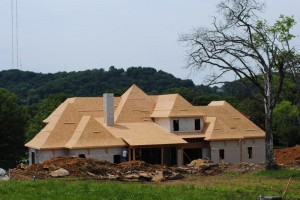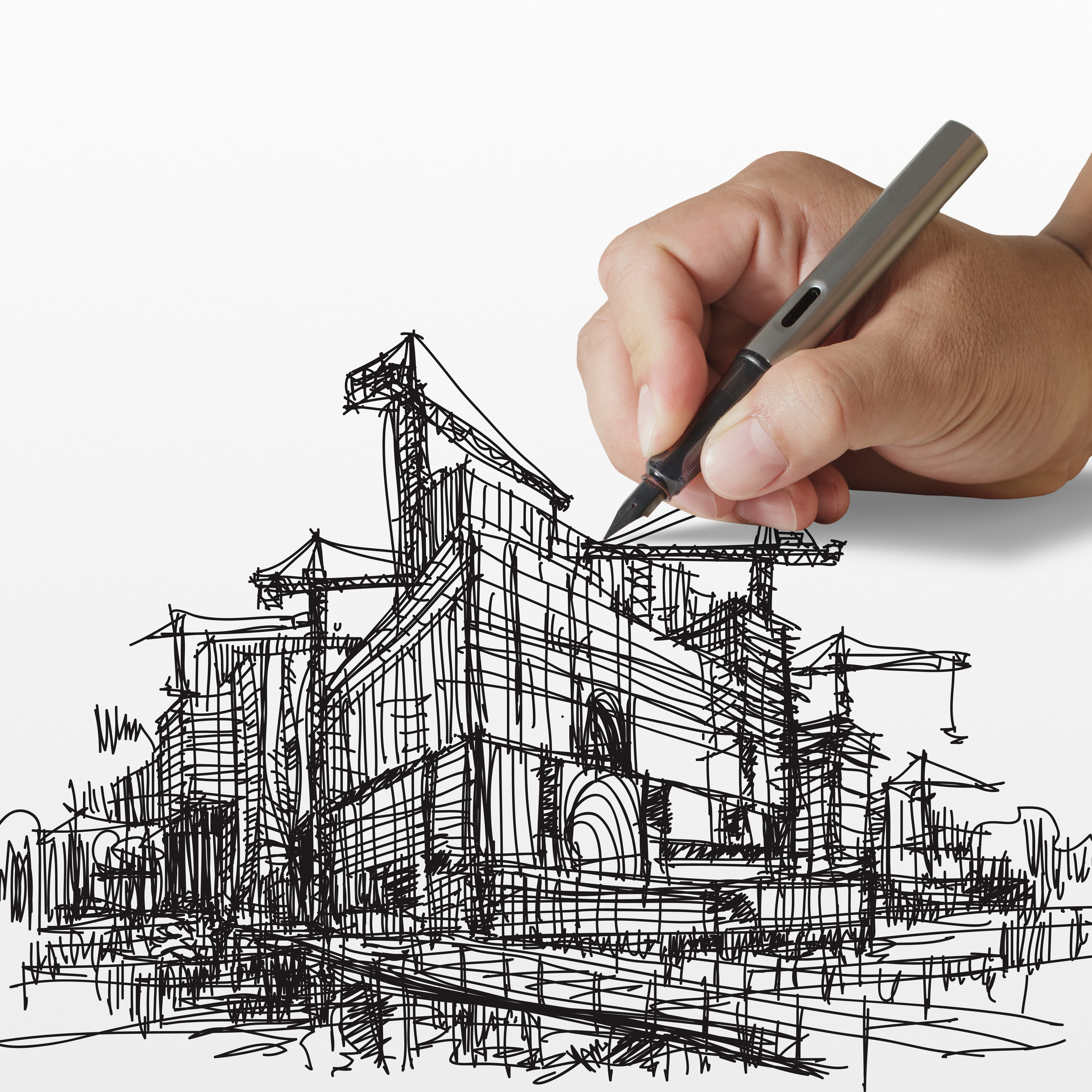Nailing Down a Competitive Bid
A well-defined process can make bidding more accurate and productive.
Homeowners see the competitive bidding process as a way to get the most value for their money. But it doesn’t always work that way. Bids are only useful if they come from comparable companies, and if they are structured so that they can be accurately compared. Most owners, and even some architects, don’t do a good job at this.
The most important requirement is a complete set of plans and specs. If everything about the project isn’t clearly spelled out, each bidder may make different assumptions–about fixtures, appliances, finishes, and so on–leading to widely divergent bids. And because each bidder’s assumptions will likely differ from the buyer’s, the stage is set for conflict during the project.
The buyer also needs to understand that bidding on a custom home is a considerable investment of time and energy, requiring 40 to 70 hours from the builder’s staff, plus dozens of hours from subcontractors and suppliers. Bidding also represents a financial risk for the builder. Some builders elect not to bid on jobs, preferring instead to work on a cooperative basis with their customers.
The way to make bidding more productive for everyone is to eliminate assumptions and to give each bidder a legitimate chance of succeeding.
As a first step, the buyers should interview four or five builders to see who they would like to work with. If a buyer is working with an architect, the architect will likely have a list of builders that seem a good fit for the project. The buyers may also want to call previous customers of each builder for references.
The buyers should then invite two or three builders to submit bids. Note that the bidders may want to know who they are bidding against. For example, an established professional company may choose not to compete against a small, less-professional outfit with a reputation of lowballing. (Most buyers who choose lowball bidders end up paying a lot for extras once the job gets underway, but that’s another story.)
Next, give the plans and specs to each builder–not for bidding, but to look for discrepancies, incomplete items, and other problems. Plans are rarely perfect, so a good architect should welcome such feedback and be willing to make any necessary revisions.

The buyers and architect should also work to eliminate as many assumptions as possible. Allowances are a good example: if the buyers have researched cabinets and decided their quality level will cost $10,000, they need to tell bidders to use that number.
Each company should be given the same bid sheet, with costs broken down in the same categories. The architect will probably have a standard bid sheet; if not, one of the builders might. Set a due date agreeable to all parties: three or four weeks is typical for
The bid should include the price and an estimated completion date. It should also include each bidder’s policies and costs, including any administrative charges, for making changes once the project is underway.a custom home project.
Before making the final choice, the buyer and architect should meet with each bidder to review the bid, ask clarifying questions, and confirm numbers. After all, it wouldn’t be good for anyone to rule out a qualified candidate, or to end up with problems later, because there was a math error on the bid.
It’s not unheard-of for all bids to be too high. Custom homebuilders say that at least 20 percent of the plans they see are over-designed for the customer’s budget. That’s another reason to skip competitive bidding and instead work with a reputable builder that can be involved in the home’s design from the beginning.

